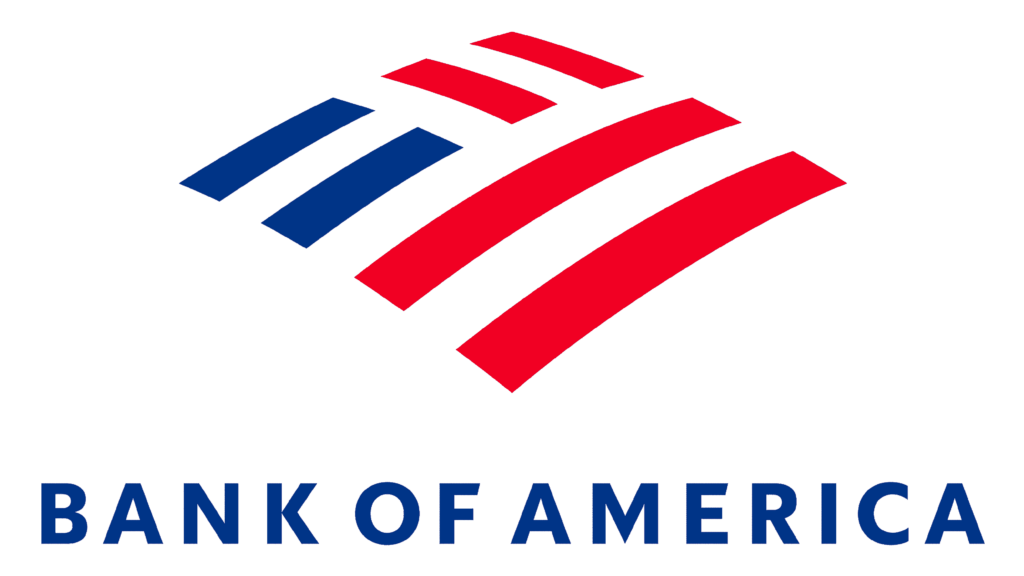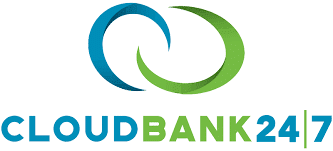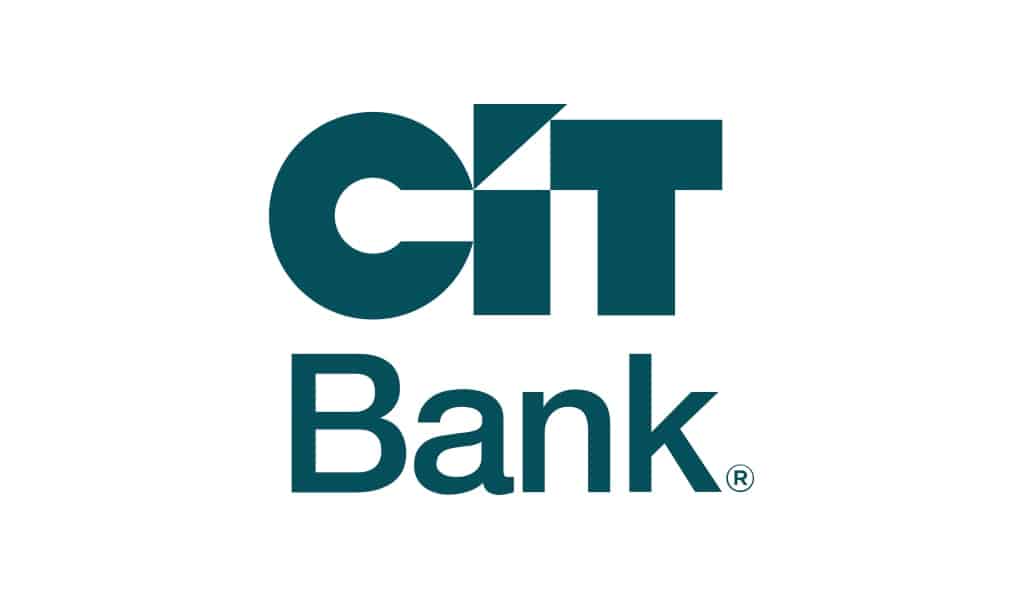Editorial Note: We earn a commission from partner links on Doughroller. Commissions do not affect our authors’ or editors’ opinions or evaluations. Learn more here.

If you’re upset about Bank of America charging a monthly fee, if the bank has a policy you don’t like, or if you just have no need for this company’s particular set of services, consider closing your Bank of America account. In this guide, we cover the three ways you can close your Bank of America checking or savings account.
3 Ways to Close Your Bank of America Account
There are three ways to close your Bank of America checking or savings account: in person, by letter, or by phone.
In Person
You can close your account in person at a Bank of America financial center. If you take this approach, be prepared to explain why you want to close the account. They may even offer reduced fees or other perks to keep your business (see retention offers below). Of course, you don’t have to give them a reason why you want to close your account. In that case, I would be direct: “I don’t want to discuss my reasons, I just want to close my account.”
Featured Savings Accounts from Our Partners
Bank/Credit Union
Min. Deposit
APY
Learn More

5.24%

4.50%

5.00%
By Phone
You can also close your account by phone. The current Bank of America telephone number to call is 800.432.1000, although keep in mind that this could change. You will need to have your account number handy. And be prepared for the same questions about why you want to close your account described above.
By Mail
You can also close your account via mail. Here’s the information you need to provide:
- Include your name, address and account number on the letter.
- All account owners need to sign it.
- If you have a balance, tell Bank of America if you’d like it to be transferred to another Bank of America deposit account or mailed to you as a cashier’s check.
- If your account balance is more than USD $25,000, your letter will also need to be notarized by a notary.
The letter, including a signature from each account holder, must be sent to this address:
Regular Mail
Bank of America
FL1-300-03-15
PO Box 25118
Tampa, FL 33622-5118
Overnight Deliver
Bank of America
National Service and Solutions
FL1-300-03-15
4909 Savarese Circle
Tampa, FL 33634-2413
As with telephone numbers, keep in mind that addresses can change as well. Be sure to confirm with Bank of America the address where you should send the letter.
You can verify the process for closing your Bank of America savings or checking account by visiting the bank’s website and finding the answer in the frequently asked questions list after providing the state in which you reside. Once you close your account, consider depositing some cash in a high-yield savings account or a credit union.
Retention Offers
In a perfect world, every bank would make it very easy to close accounts. For the most part, they want to keep their customers, and will often request that anyone wishing to close their account talk to a retention specialist. These specialists are often empowered to offer a few incentives to remain a customer of the company, including waiving fees for a period of time.
It’s a tactic that sometimes stops people from leaving, particularly those who do really want to stay. It’s a negotiation technique used with employees in the corporate world; if your company wants to keep you, when you threaten to quit they might make it more attractive for you to stay.
In most situations, if you want to quit, it’s better to quit than accept a peace offering without solving the problem of not wanting to be there. So it’s best to avoid or ignore the retention specialists who want you to stay with a bank.
Before Closing Your Bank of America Account
Before you close your Bank of America checking or savings account, you should have your new accounts set up. We recommend following our guide to changing bank accounts. Keep in mind that with checking accounts, you’ll want to have direct deposit and automatic bill pay established at your new bank before closing your existing checking account.

